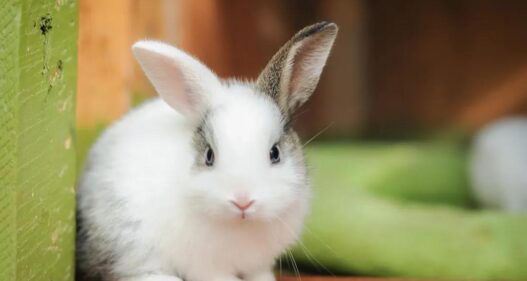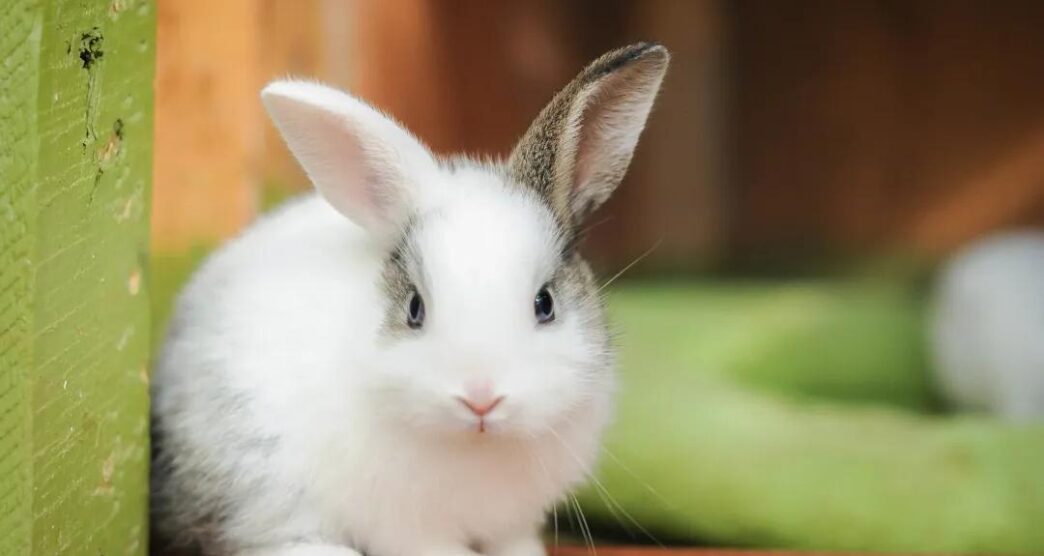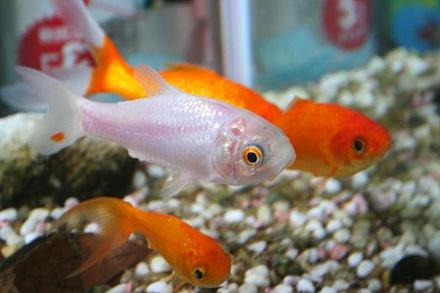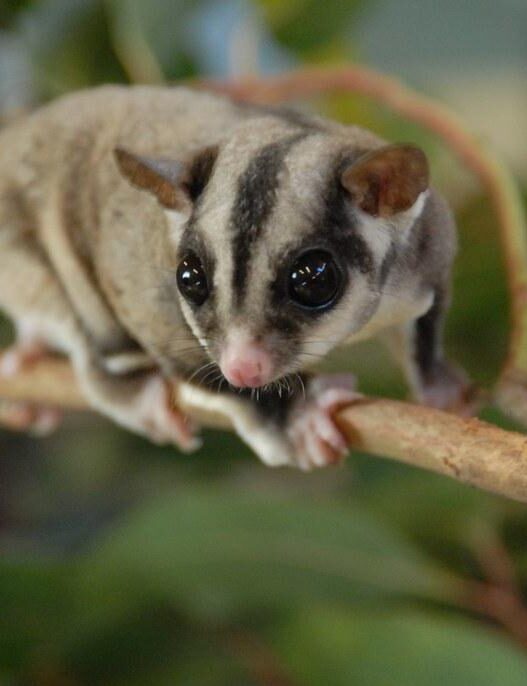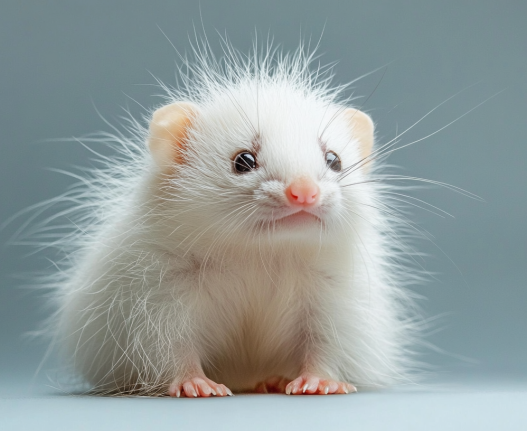Owning a pet can be a rewarding experience, filled with joy and companionship. However, not all pets are suitable for every family. Some require substantial care, high maintenance costs, and even specialized knowledge. Whether it’s specific environmental needs or intricate dietary habits, these pets often deter potential owners.
In this article, we will explore the top 10 most challenging pets to care for in the world, delving into their unique requirements and the challenges faced by their owners. Caring for these pets is not only a display of love for animals but also a symbol of responsibility and commitment.
1. Chameleons
Chameleons, scientifically known as Chamaeleonidae, are reptiles belonging to the lizard family and are primarily found in trees across the Eastern Hemisphere. These fascinating creatures are best known for their ability to change color. Their feet are adapted to grasp branches with two or three toes fused together, and they possess a long, extendable tongue.
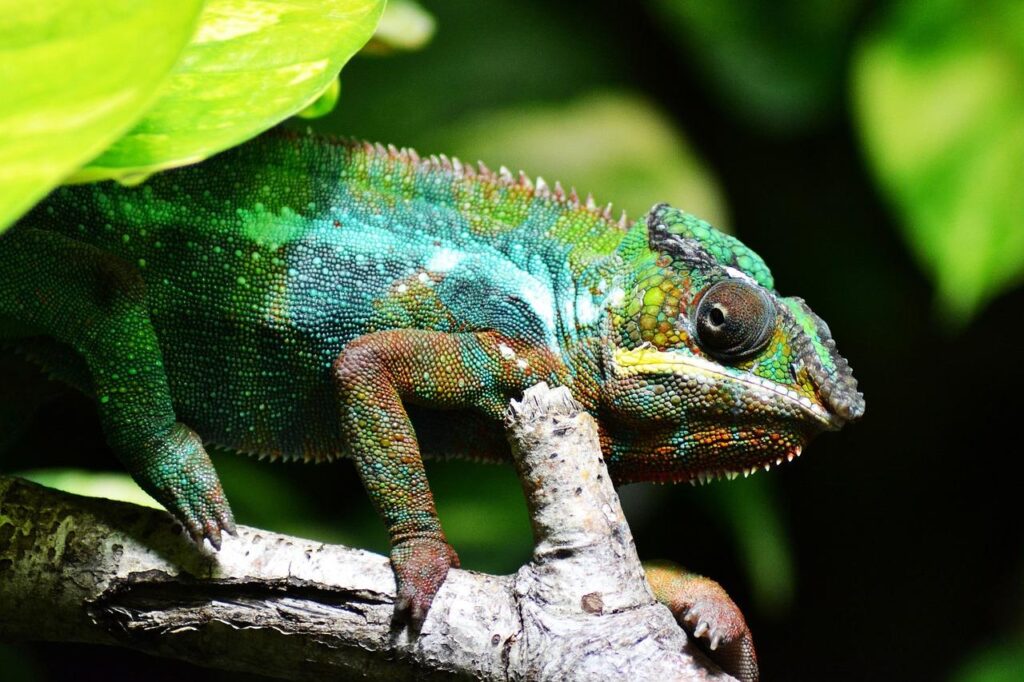
Though increasingly popular among pet enthusiasts, chameleons are challenging to care for. They are highly sensitive to temperature fluctuations, making them prone to death if not properly regulated. A specialized enclosure with temperature control is essential to provide an ideal environment for these creatures.
2. Siberian Huskies
Siberian Huskies, commonly known as “Huskies,” are one of the most popular dog breeds worldwide. Originally bred by the nomadic Chukchi people of Siberia, they were used for pulling sleds, large-game hunting, guarding villages, and guiding reindeer. Huskies are known for their high energy levels and are one of the most active dog breeds.

Regarding intelligence, Huskies rank around 45th, with a range of 40 to 54, indicating average obedience and intellectual capacity. Therefore, despite popular belief, their intelligence is not as concerning as often claimed.
3. Border Collies
Originating from the Scottish borders, Border Collies are a type of Collie bred for herding. Known for their intelligence and strong instinct to herd, they are highly trainable and are ranked first in intelligence among dog breeds globally.

These dogs are adaptable to harsh climates and come in various coat colors, including black-and-white, blue-and-white, and tricolors. Their intelligence, quick learning ability, and high level of obedience make them ideal for herding and other tasks. They are commonly found in the UK, USA, Australia, and New Zealand.
4. Rabbits
Rabbits are small mammals classified in the Leporidae family, known for their quick movements and timid nature. They are often startled by loud noises, unfamiliar faces, or the presence of other animals such as cats and dogs.
In addition to their delicate nature, rabbit care is further complicated by the rarity of specialized veterinary services. This lack of access to treatment can make owners anxious when their pet falls ill.
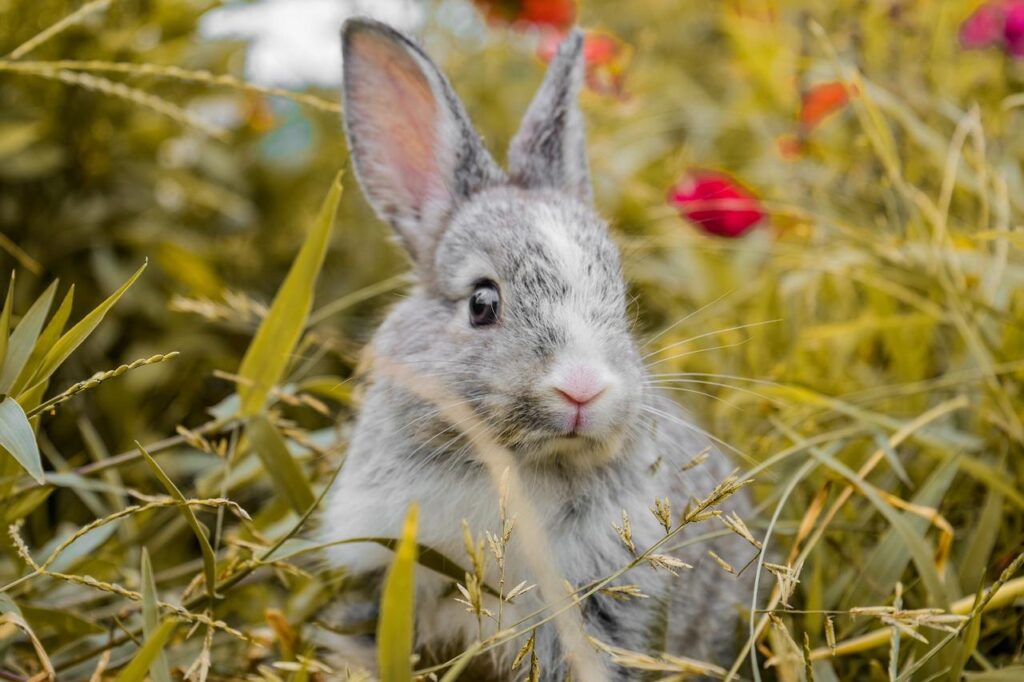
5. Seahorses
Seahorses are small marine creatures belonging to the Syngnathidae family, typically found in warm seas. Measuring 5 to 30 centimeters in length, they are named for their horse-like heads. Seahorses have a tubular snout and small mouths, and their independent eyes give them a unique appearance.
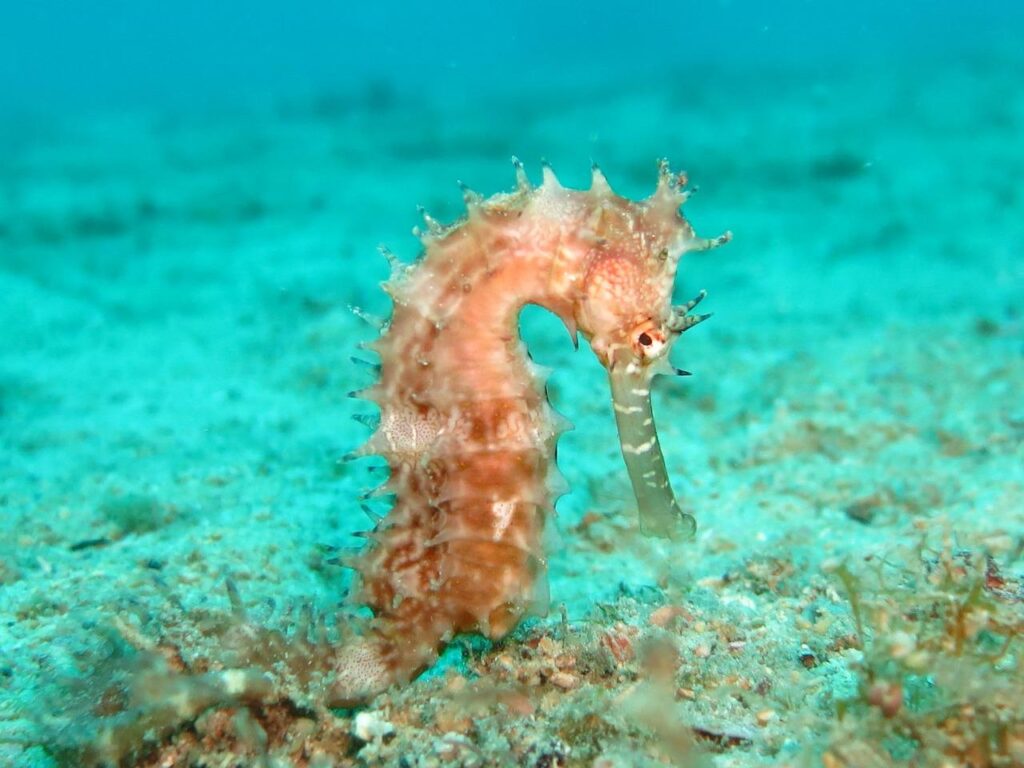
Due to their specialized feeding habits and unique mouth structure, seahorses cannot rely on typical pet food. They require frozen brine shrimp or other small crustaceans. Long-term care involves breeding brine shrimp to ensure a continuous food supply.
6. Black Magic Shrimp
Native to southwestern Australia, Black Magic Shrimp are becoming stars in the aquarium world, known for their striking black exoskeleton and red antennae. They are highly sensitive to water conditions and prefer cooler temperatures, often burrowing to escape the heat.
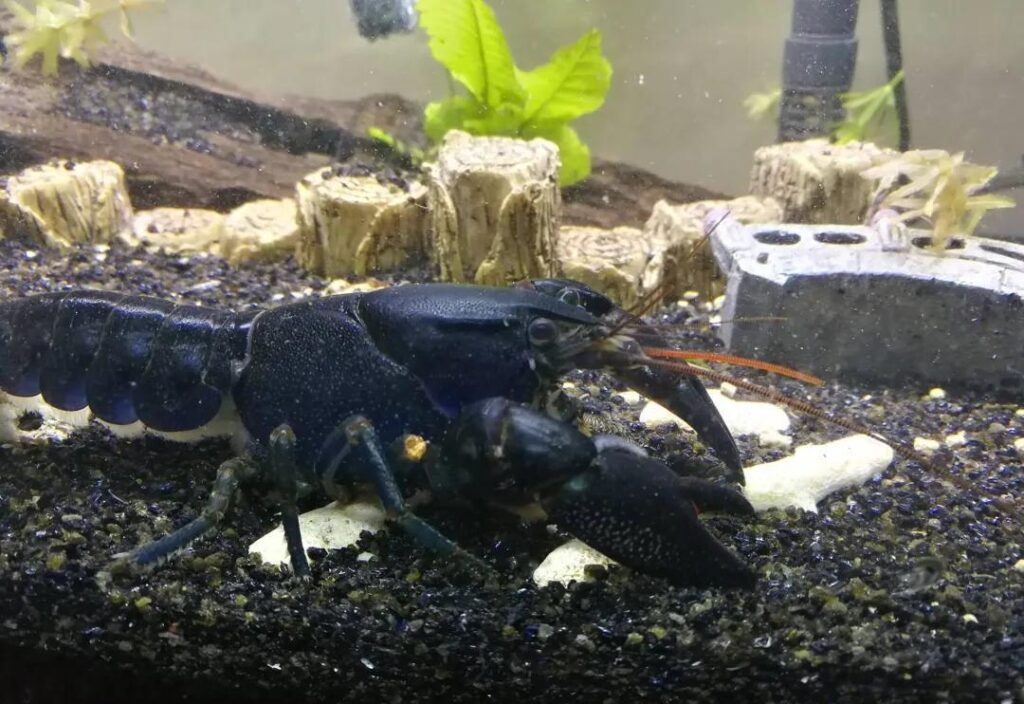
These shrimp require strict water quality control, with an optimal temperature range of 15 to 25 degrees Celsius. Frequent water changes are necessary, but no more than two-thirds of the water should be replaced at a time to avoid dramatic temperature shifts that can cause stress or death.
7. Sea Anemones
Sea anemones are marine carnivores in the Cnidaria phylum, specifically the Actiniaria order. Though they resemble flowers, they are predatory creatures that can be kept as pets. Many people enjoy having them in their aquariums, but maintaining them is challenging.
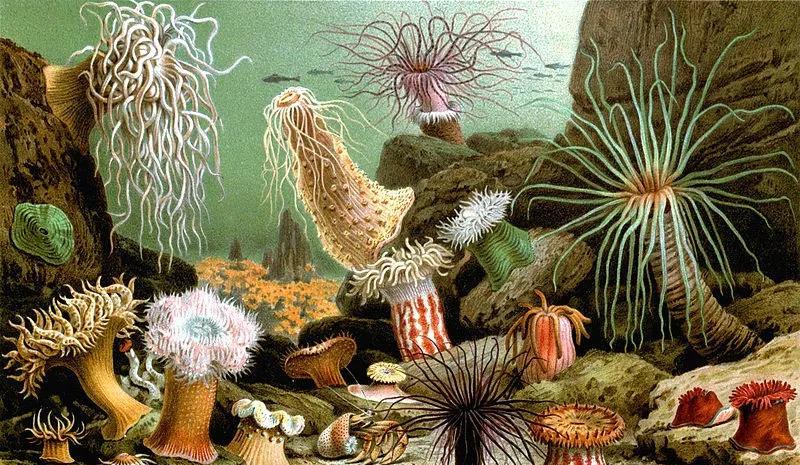
In addition to ensuring stable protein levels in their diet, it’s crucial to control the light intensity and wavelength. Improper lighting can cause sea anemones to die quickly. Furthermore, before dying, sea anemones may release toxins that harm other tank inhabitants.
8. Clown Frogs
Clown frogs, also known as Cat-eyed Pearls, belong to the Bombinatoridae family. These amphibians are unique and require specific care, far more complex than that of cats or dogs. Their habitat must maintain a water temperature of around 28°C, with the addition of a filter and hiding spots.
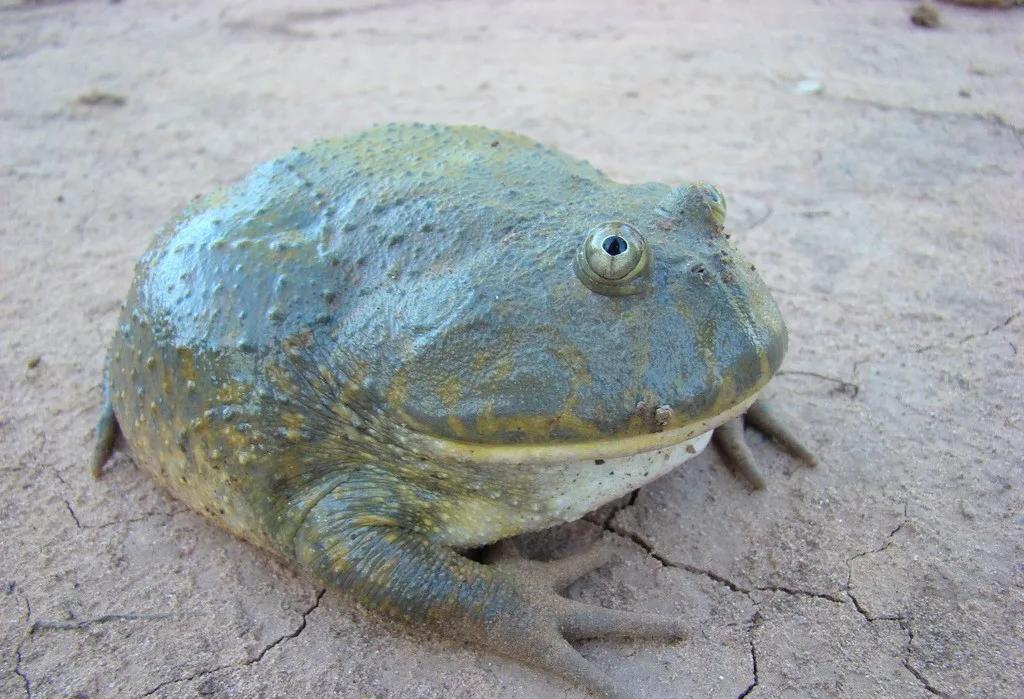
Although clown frogs have a strong digestive system, they should not be overfed, as they are prone to overconsumption. A diverse diet is essential to prevent picky eating, and food should be changed regularly. Preparation for their hibernation period is also necessary for proper care.
9. Indian Star Tortoises
Indian Star Tortoises, also known as Geochelone elegans, are land-dwelling reptiles found in India, Pakistan, Sri Lanka, Syria, and Iraq. Their striking star-patterned shells make them popular among reptile enthusiasts.
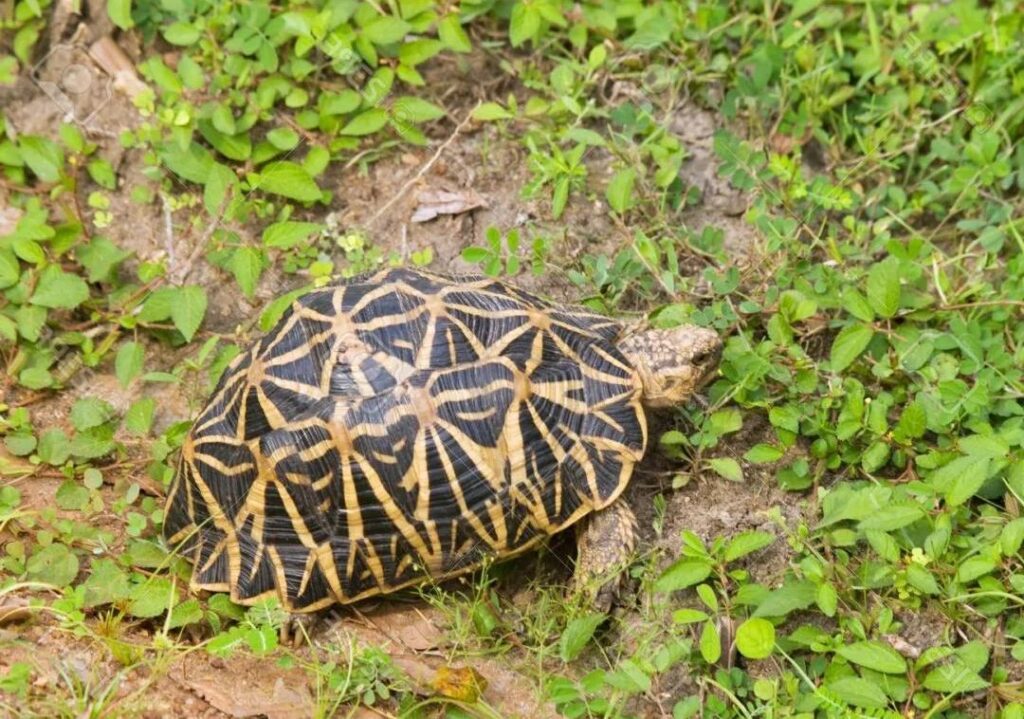
These tortoises thrive on flat grasslands and require a diet consisting of fruits, prickly cacti, thick-leaved plants, and thistles. When kept in captivity, they can live for 30 to 50 years, requiring long-term commitment from their owners.
10. Desert Horned Lizard
The Desert Horned Lizard, also known as Phrynosoma platyrhinos, is a species of horned lizard found in the southwestern United States, Canada, and Mexico. These lizards typically live in rocky desert habitats.
Though relatively easy to keep as a pet, they have special needs, such as drinking water by having their mouths sprayed with water from a mister. They also require a specific diet of ants to regulate their internal pH levels.
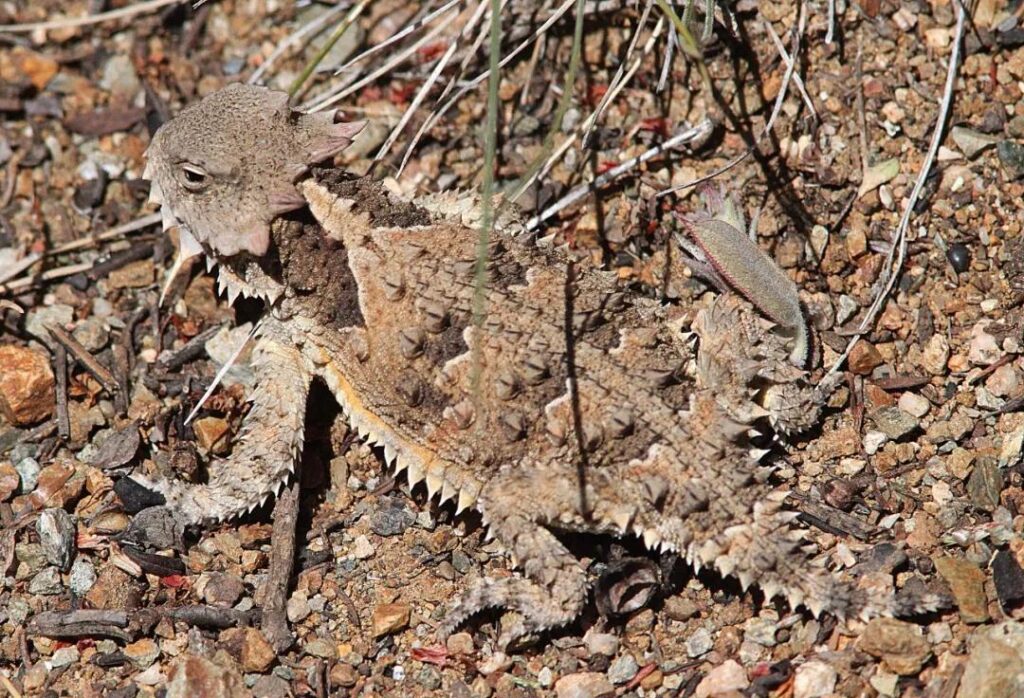
Caring for these pets is not for the faint of heart. They each come with specific requirements that demand a significant commitment of time, energy, and resources. For dedicated animal lovers, the challenges are worth the reward, but potential owners must carefully consider whether they are ready to take on the responsibility these exotic pets require.







